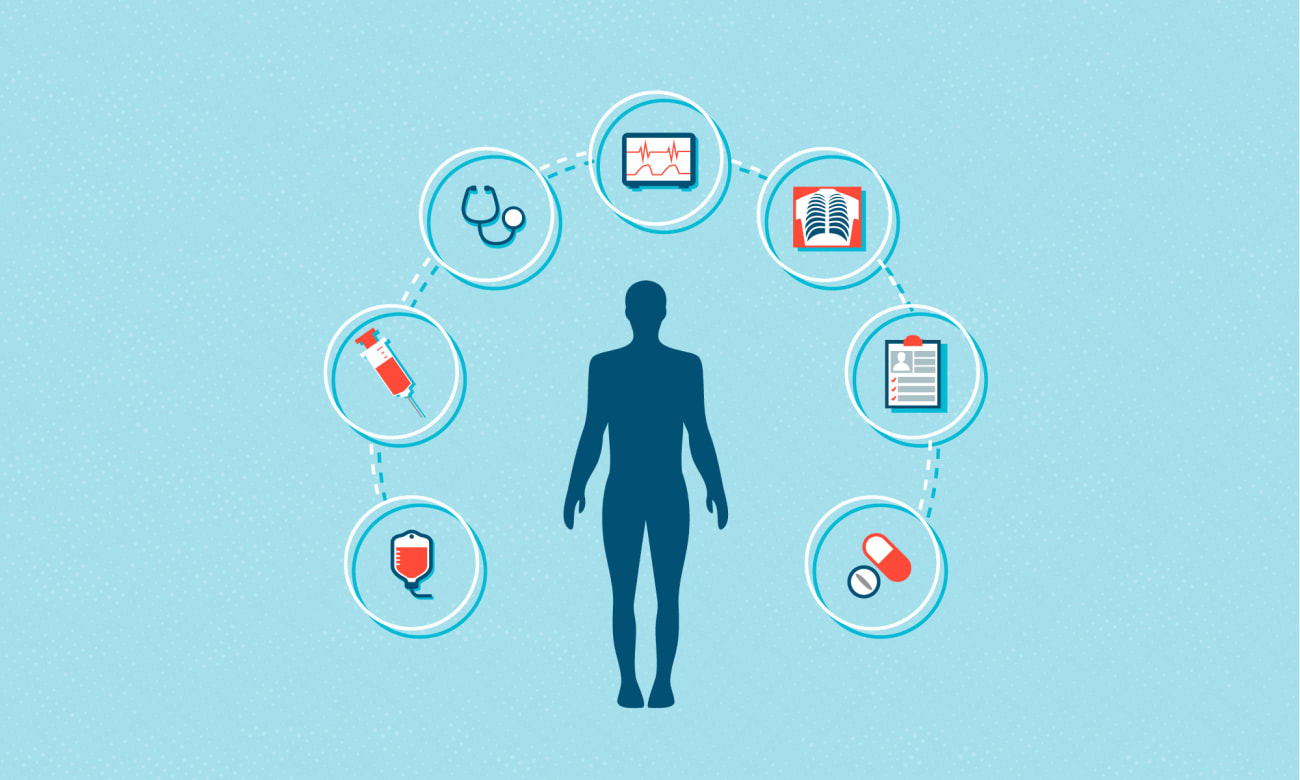In the ever-evolving landscape of healthcare, the concept of patient centricity has emerged as a driving force behind transformative changes. As the life sciences industry undergoes a digital revolution, the integration of patient-centric approaches is becoming increasingly crucial. This blog explores the intersection of patient centricity and digital transformation in the life sciences sector, shedding light on the impact of these dynamics on the quality of patient care and the overall healthcare ecosystem.

Understanding Patient Centricity:
Patient centricity is more than just a buzzword; it represents a fundamental shift in the approach to healthcare. At its core, patient centricity emphasizes placing patients at the forefront of decision-making processes, ensuring their needs, preferences, and experiences are considered throughout the entire healthcare journey. This approach recognizes the importance of engaging patients as active participants in their own care, fostering a collaborative and personalized healthcare experience.
Digital Transformation in Life Sciences:
The life sciences industry, encompassing pharmaceuticals, biotechnology, and medical devices, has traditionally been characterized by rigorous research, development, and manufacturing processes. However, the digital age has brought about unprecedented opportunities to enhance these processes and improve patient outcomes. Digital transformation in life sciences involves leveraging technologies such as artificial intelligence, big data analytics, and the Internet of Things (IoT) to streamline operations, accelerate research, and optimize patient care.
Key Pillars of Patient-Centric Digital Transformation:
Data Integration and Analytics:
Harnessing the power of big data to gain actionable insights into patient behaviors, treatment outcomes, and overall health trends.
Utilizing advanced analytics to personalize treatment plans, predict disease progression, and optimize clinical trial designs.
Remote Patient Monitoring:
Embracing wearable devices and connected health technologies to enable real-time monitoring of patient vitals and adherence to treatment plans.
Facilitating proactive interventions based on continuous data, leading to early detection and prevention of health issues.
Digital Therapeutics:
Integrating software and digital interventions as part of treatment plans to enhance efficacy and provide patients with tools for self-management.
Tailoring digital therapeutics to individual patient needs, promoting adherence and long-term engagement.
Telemedicine and Virtual Care:
Expanding access to healthcare through virtual consultations, reducing geographical barriers and enhancing patient convenience.
Improving communication and collaboration between healthcare providers and patients through secure digital platforms.
Benefits of Patient-Centric Digital Transformation:
Improved Patient Outcomes:
Personalized treatment plans and interventions based on real-time data lead to better health outcomes and increased patient satisfaction.
Enhanced Clinical Trials:
Accelerated recruitment and retention of participants through digital tools, resulting in more efficient and cost-effective clinical trials.
Increased Patient Engagement:
Empowering patients with digital tools fosters active participation in their own care, leading to better adherence and a stronger doctor-patient relationship.
Streamlined Healthcare Operations:
Digitized processes reduce administrative burdens, allowing healthcare professionals to focus more on patient care.
Conclusion:
The convergence of patient centricity and digital transformation in life sciences marks a pivotal moment in healthcare history. By prioritizing patients and embracing technological advancements, the industry is not only improving the quality of care but also driving innovation and efficiency. As we navigate this transformative era, the collective goal is to create a healthcare ecosystem that places patients at the center, fostering a healthier and more connected world.